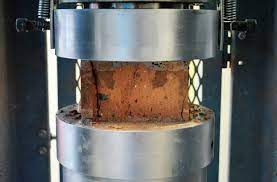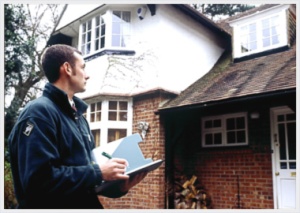Rising damp is the upward movement of ground water through a permeable masonry
wall. The water rises through the pores in the masonry via a process called capillarity.
Capillarity is a process whereby water molecules are electrochemically attracted to
mineral surfaces, enabling water to move vertically through pores of a certain size
despite the counteractive force of gravity. The phenomenon of rising damp has been
observed over the centuries. It is a perennial and ubiquitous problem.
Rising damp was identified and reported from both the heritage and ordinary masonry
buildings all over the world. Dampness tends to cause many problems to a building
with dire health, environmental, social and economic implications.
The unwanted moisture enables the growth of various fungi in wood, causing rot. Plaster and paint
deteriorate and wallpaper loosens. Stains from the water, salts and mould would ruin
surfaces. Externally, mortar may crumble and salt stains may appear on the walls. Steel
& iron fasteners rust. It may also cause respiratory illness in occupants. In extreme
cases, mortar or plaster may fall away from the affected wall and the building can
become completely inhabitable.
In the The Truth About Damp’ by Bernard Gaines, rising damp is described as the result of
porous masonry sucking up water from the ground. It rises up the wall, often to a height
of approximately 1200mm and usually leaves a characteristic horizontal tide mark. Below it,
the wall is discoloured with general darkening and patchiness, and there may be mould
growth and loose wall paper.
If you own a property where rising damp is apparent or you suspect there may be an underlying damp issue, contact me, Martin at Rochester Building and Damp today. I’m a qualified senior surveyor and former operative that’s been in the damp proofing business for over thirty years and I will book you a FREE, No Obligation, Survey and Damp Report. I look forward to hearing from you.
Martin Sykes












